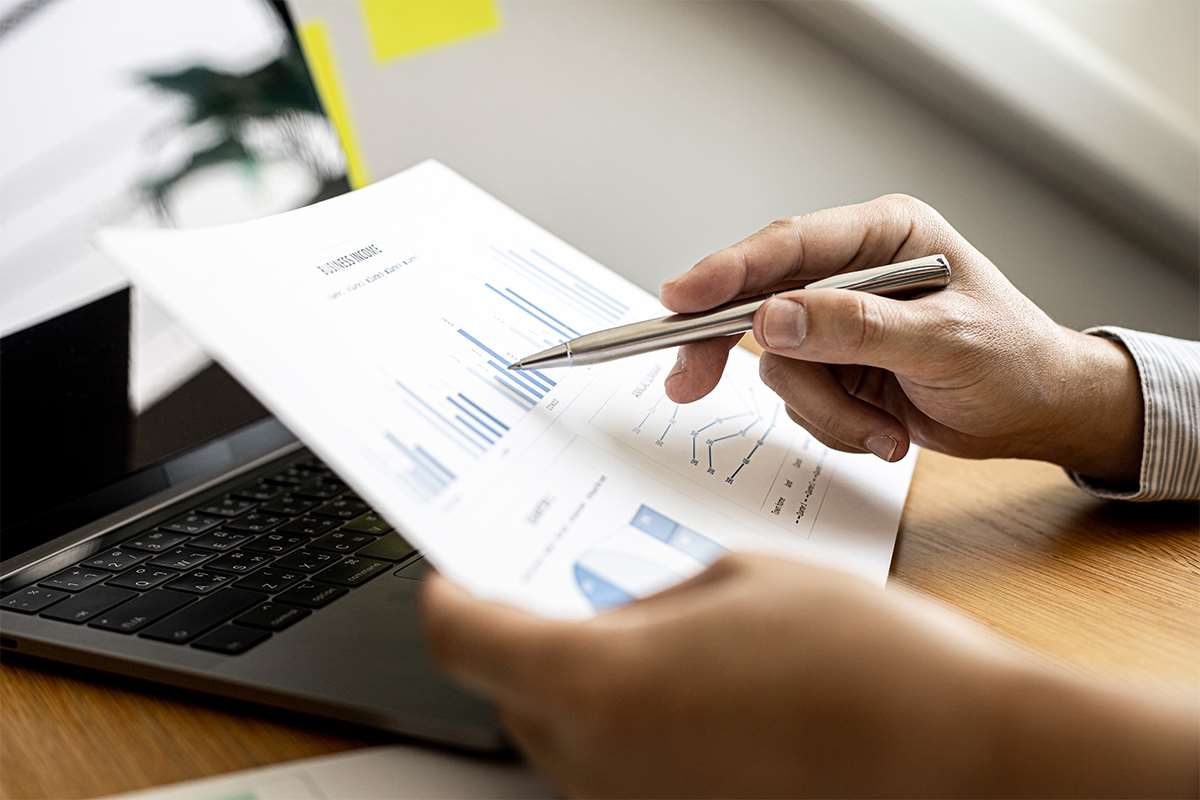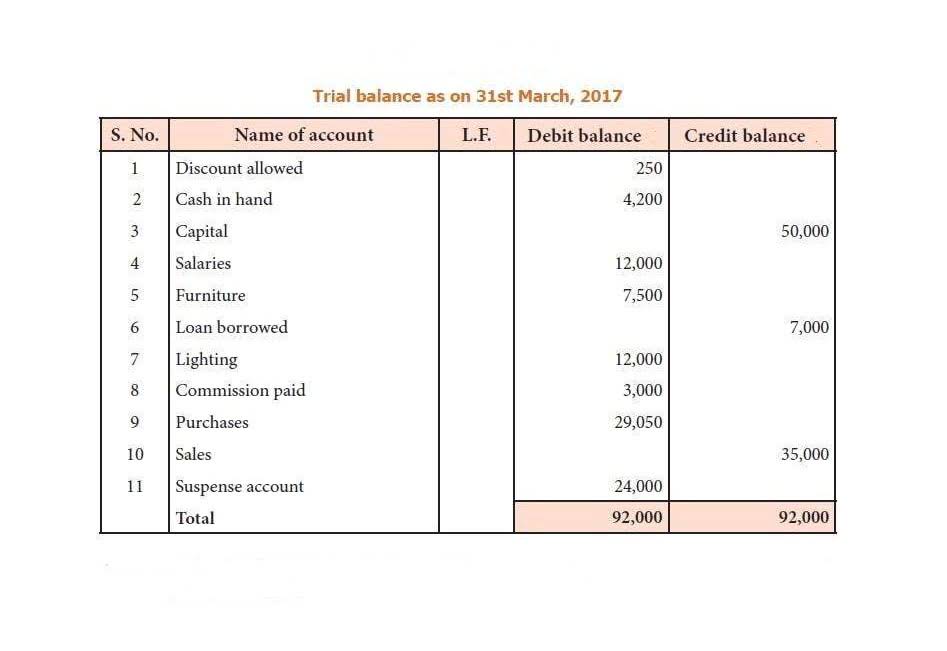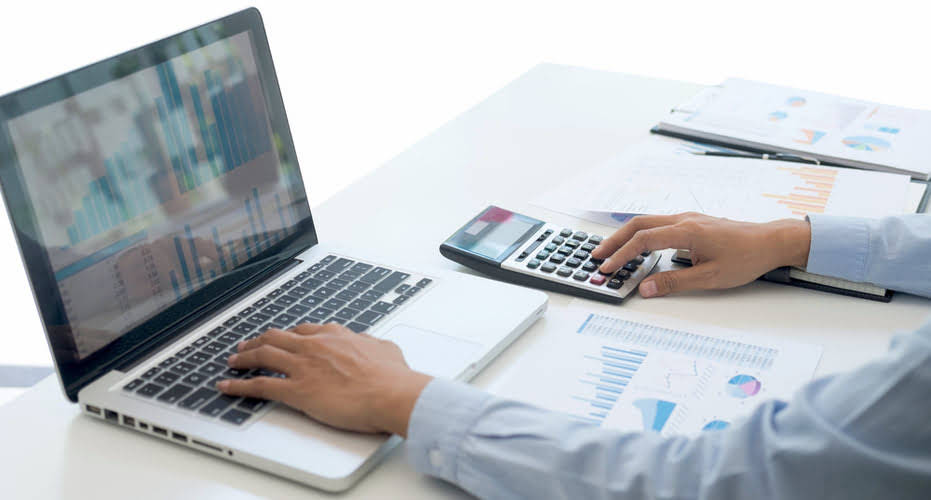Content

MarketMan can level up your operational workflow by seamlessly integrating your bookkeeping, POS and inventory management solutions. Your restaurant’s success will be measured against key performance indicators (KPIs) which will be measured through financial reporting and analysis. Here are some important ratios to study when you review the financial statements for your restaurant.
While long-term trend analysis is important, you should also log revenue reports on the daily and weekly. You can also use your revenue reports to show you how to set realistic sales targets and evaluate operations. Download this free https://www.bookstime.com/articles/what-is-a-schedule-c balance sheet template to track your restaurant’s assets, liabilities, and equity. A restaurant balance sheet lists your assets, liabilities, and equity. Assets are things you own, like equipment, inventory, and straight cash.
Utilize Financial Software
From an accounting perspective, I think Gusto has one of the best general ledger QuickBooks imports of all the payroll providers. If you are looking for a cloud-based accounts payable system we would highly recommend Bill.com. If you want to automate all the above steps to create a daily sales journal in QBO we highly recommend taking a look at Shogo. We have been using Shogo for years to automatically create the daily sales journal from various restaurant POS systems to QBO. In order to record the daily sales you will need to generate a report that summarizes your sales.
Restaurant Accounting clients use bill.com, which is a leading provider of accounts payable for companies of all sizes. An automated bill pay system also integrates directly into accounting software, minimizing the amount of data entry. When revenue or expenses happen, it’s your bookkeeper’s job to record these into your company’s accounting system. This probably involves categorizing the “transaction” in a way that makes sense, say a payment to your payroll provider as a payroll expense. Restaurant accounting software can help you to manage your books and records yourself. Going with the right software may even help you save money in the long run.
Recurring Invoices
A bookkeeper will deliver balance sheets, produce invoices, and reconcile bank accounts. For DIY bookkeepers, this means careful record-keeping and keeping a close eye on your tax obligations. That’s why we want to take you through some of the common terms, reports and processes for understanding bookkeeping and accounting for restaurants.

You might also want to check with your CPA to make sure they are ok with this change. When your chart of accounts is set up in this manner all you have to do is modify your profit how to do bookkeeping for a restaurant and loss with the correct settings. Now on the next screen simply mark off your deposits and payments that cleared your bank on the statement until you show a difference of $0.
What Is The Cost of Goods Sold in a Restaurant?
Create distinct categories for income and expenses to facilitate organization and analysis. Common income categories may include food sales, beverage sales, catering, and merchandise. Expense categories could encompass ingredients, labor, rent, utilities, marketing, and equipment. Consistently categorize each transaction to maintain clarity in your financial records. Will your wait staff work for tips, or will you add gratuities to every bill?

It also may be requested by investors and shareholders to prove your financial standing. Just as there is a right way to do restaurant accounting, there is definitely a wrong way. We’re going to assume you’re not an accountant (if you are, you’re probably not reading this article), and so we’re going to tell you some common mistakes to avoid, too. Finally, your restaurant’s success will be measured against key performance indicators. KPIs are what you’ll obsess over as a business owner – they dictate the financial outlook of your restaurant. Every employee has a record of their pay, which is included in year-end reports and other financial statements.
Restaurant Accounting Basics: What You Need to Know and Why
Prime cost is a summation of all your labor costs and your cost of goods sold. Paying your restaurant staff, including front-of-office staff and kitchen crew, is part of your labor costs. Benefits, payroll taxes, and similar add-ons are also included in labor costs. Based on the size of your restaurant, you can set up an inventory management system that optimizes food costs and reduces waste.

A controllable cost report gives you an idea of where the company spends its money, which potentially affects how much it will earn or if money is being lost. When you calculate break-even point in units, you’re learning how many pizzas, coffees, fixed price meals you’ll need to sell to achieve that same goal. Getting your financials right can actually help your business deliver on that very passion that motivates you in the first place. You can stuff your receipts into one of our Magic Envelopes (prepaid postage within the US). Use our receipt tracker + receipt scanner app (iPhone, iPad and Android) to snap a picture while on the go. Our team is trained to look for specific errors based on your company’s type.